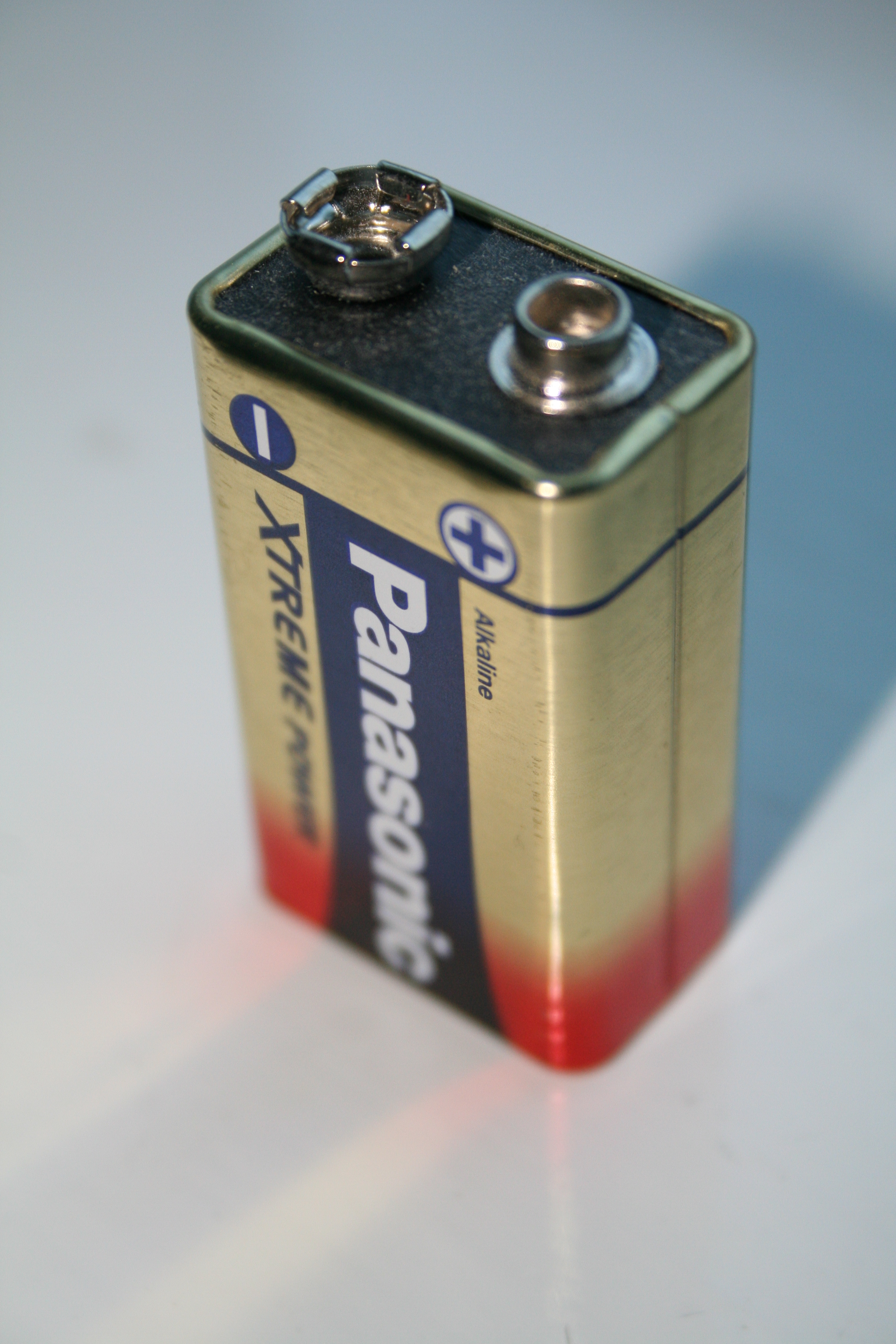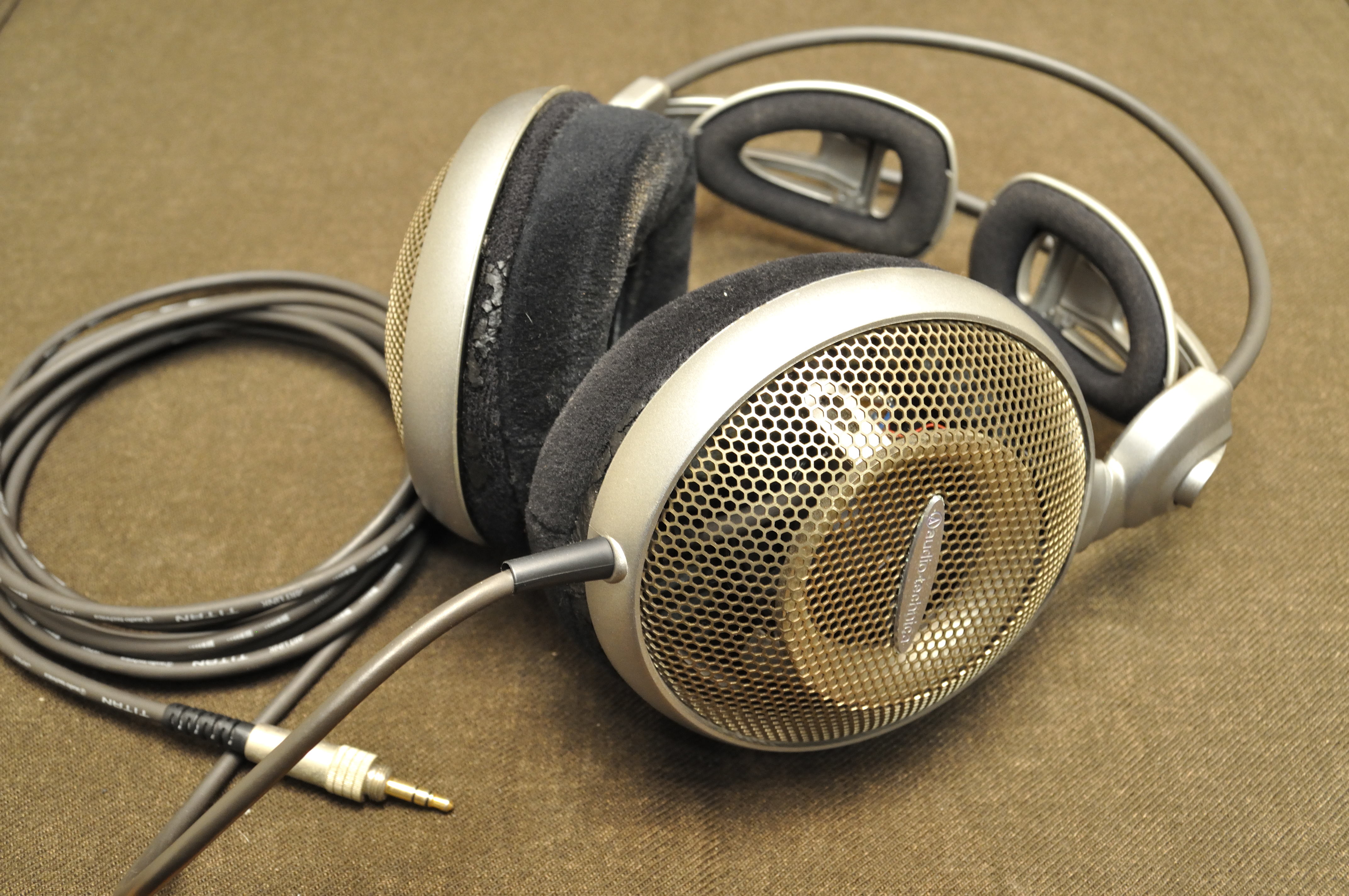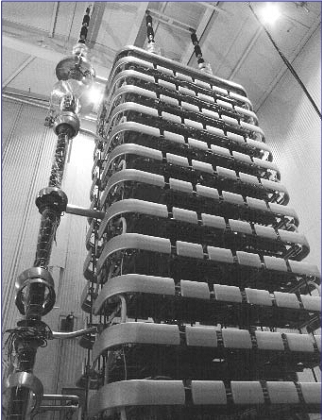|
Absolute Phase
Absolute phase is the phase of a waveform relative to some standard (strictly speaking, phase is always relative). To the extent that this standard is accepted by all parties, one can speak of an absolute phase in a particular field of application. Sound reproduction In the reproduction of sound by headphones or speakers, absolute phase refers the phase of the reproduced signal relative to the original signal, retaining the original polarity. A positive pressure on the microphone is reproduced as a positive pressure by the loudspeaker or headphones driver. For instance, the plosive "p" sound from a vocalist sends an initial positive air pressure wave toward the microphone which responds with an initial inward movement of the microphone diaphragm, away from the vocalist. To maintain absolute phase, a loudspeaker reproducing the sound would send an initial positive pressure outward from the loudspeaker, toward the listener. In audio, a change in polarity refers to an equal phase sh ... [...More Info...] [...Related Items...] OR: [Wikipedia] [Google] [Baidu] |
Phase (waves)
In physics and mathematics, the phase (symbol φ or ϕ) of a wave or other periodic function F of some real variable t (such as time) is an angle-like quantity representing the fraction of the cycle covered up to t. It is expressed in such a scale that it varies by one full turn as the variable t goes through each period (and F(t) goes through each complete cycle). It may be measured in any angular unit such as degrees or radians, thus increasing by 360° or 2\pi as the variable t completes a full period. This convention is especially appropriate for a sinusoidal function, since its value at any argument t then can be expressed as \varphi(t), the sine of the phase, multiplied by some factor (the amplitude of the sinusoid). (The cosine may be used instead of sine, depending on where one considers each period to start.) Usually, whole turns are ignored when expressing the phase; so that \varphi(t) is also a periodic function, with the same period as F, that repeatedly ... [...More Info...] [...Related Items...] OR: [Wikipedia] [Google] [Baidu] |
Waveform
In electronics, acoustics, and related fields, the waveform of a signal is the shape of its Graph of a function, graph as a function of time, independent of its time and Magnitude (mathematics), magnitude Scale (ratio), scales and of any displacement in time.David Crecraft, David Gorham, ''Electronics'', 2nd ed., , CRC Press, 2002, p. 62 ''Periodic waveforms'' repeat regularly at a constant wave period, period. The term can also be used for non-periodic or aperiodic signals, like chirps and pulse (signal processing), pulses. In electronics, the term is usually applied to time-varying voltages, electric current, currents, or electromagnetic fields. In acoustics, it is usually applied to steady periodic sounds — variations of air pressure, pressure in air or other media. In these cases, the waveform is an attribute that is independent of the frequency, amplitude, or phase shift of the signal. The waveform of an electrical signal can be visualized with an oscilloscope or an ... [...More Info...] [...Related Items...] OR: [Wikipedia] [Google] [Baidu] |
Electrical Polarity
The following Outline (list), outline is provided as an overview of and topical guide to electrical polarity (also called electric polarity). Positive and negative polarity * In electrical engineering, electrical polarity defines the direction in which the electrical current would flow once a source is connected; usually used for the direct current sources, where terminals are traditionally labeled with polarity symbols + (positive) and - (negative), with the conventional current chosen to flow from the positive to negative terminal. ** By analogy, when in electronics a signal is observed across two terminals, the measurement of voltage between the terminals yields opposing signs for the positive and negative polarity. * In physics and chemistry, electric polarity defines the electric charge separation into positive and negative charges within a system or molecule (for example, water molecules have unequal distribution of electrons between the oxygen and hydrogen atoms). The q ... [...More Info...] [...Related Items...] OR: [Wikipedia] [Google] [Baidu] |
Speaker Driver
An electrodynamic speaker driver, often called simply a speaker driver when the type is implicit, is an individual transducer that converts an electrical audio signal to sound waves. While the term is sometimes used interchangeably with the term ''speaker (audio equipment), speaker'' (''loudspeaker''), it is usually applied to specialized transducers that reproduce only a portion of the audible frequency range, or to the one or more drivers within a loudspeaker cabinet (or simply "speaker".). For high fidelity reproduction of sound, multiple loudspeakers are often mounted in the same speaker enclosure, enclosure, each reproducing a different part of the audible frequency range. In this case the individual speakers are referred to as ''drivers'' and the entire unit is called a ''loudspeaker''. Drivers made for reproducing high audio frequencies are called tweeters, those for middle frequencies are called mid-range speaker, mid-range drivers (much less commonly called squawkers), ... [...More Info...] [...Related Items...] OR: [Wikipedia] [Google] [Baidu] |
Audiophile
An audiophile (from + ) is a person who is enthusiastic about high-fidelity sound reproduction. The audiophile seeks to achieve high sound quality in the audio reproduction of recorded music, typically in a quiet listening space in a room with good acoustics. Audiophile values may be applied at all stages of music reproduction—the initial audio recording, the production process, the storage of sound data, and the playback (usually in a home setting). In general, the values of an audiophile are seen to be antithetical to the growing popularity of more convenient but lower-quality music, especially lossy digital file types like MP3, lower-definition music streaming services, laptop or cell phone speakers, and low-cost headphones. The term '' high-end audio'' refers to playback equipment used by audiophiles, which may be bought at specialist shops and websites. High-end components include turntables, digital-to-analog converters, equalization devices, preamplifiers and ... [...More Info...] [...Related Items...] OR: [Wikipedia] [Google] [Baidu] |
Douglas Self
Douglas Self is a British electronics engineer and author with a particular interest in audio. He received a first class honours degree in engineering from Cambridge University, and then studied psychoacoustics at Sussex University. He is the author of six books on audio electronics, published by Focal Press. He has also contributed many articles to Wireless World magazine, some of which were compiled into a book along with articles by Peter Baxandall. He is a member of the Audio Engineering Society and has taken out a number of audio-related patents, including for a "crossover displacement circuit". He has worked with several major companies, including Cambridge Audio, TAG-McLaren Audio, and Soundcraft Electronics. Circuit Cellar website described him as a 'renowned audio specialist' when discussing a design he created for Elektor magazine. He developed the concept, accompanied with a practical design, of a "blameless" amplifier in which all the main sources of distortio ... [...More Info...] [...Related Items...] OR: [Wikipedia] [Google] [Baidu] |
Power Electronics
Power electronics is the application of electronics to the control and conversion of electric power. The first high-power electronic devices were made using mercury-arc valves. In modern systems, the conversion is performed with semiconductor switching devices such as diodes, thyristors, and power transistors such as the power MOSFET and IGBT. In contrast to electronic systems concerned with the transmission and processing of signals and data, substantial amounts of electrical energy are processed in power electronics. An AC/DC converter (rectifier) is the most typical power electronics device found in many consumer electronic devices, e.g. television sets, personal computers, battery chargers, etc. The power range is typically from tens of watts to several hundred watts. In industry, a common application is the Adjustable-speed drive, variable speed drive (VSD) that is used to control an induction motor. The power range of VSDs starts from a few hundred watts and ends at ten ... [...More Info...] [...Related Items...] OR: [Wikipedia] [Google] [Baidu] |
Signal Processing
Signal processing is an electrical engineering subfield that focuses on analyzing, modifying and synthesizing ''signals'', such as audio signal processing, sound, image processing, images, Scalar potential, potential fields, Seismic tomography, seismic signals, Altimeter, altimetry processing, and scientific measurements. Signal processing techniques are used to optimize transmissions, Data storage, digital storage efficiency, correcting distorted signals, improve subjective video quality, and to detect or pinpoint components of interest in a measured signal. History According to Alan V. Oppenheim and Ronald W. Schafer, the principles of signal processing can be found in the classical numerical analysis techniques of the 17th century. They further state that the digital refinement of these techniques can be found in the digital control systems of the 1940s and 1950s. In 1948, Claude Shannon wrote the influential paper "A Mathematical Theory of Communication" which was publis ... [...More Info...] [...Related Items...] OR: [Wikipedia] [Google] [Baidu] |
Pulse (signal Processing)
A pulse in signal processing is a rapid, transient change in the amplitude of a signal from a baseline value to a higher or lower value, followed by a rapid return to the baseline value. Pulse shapes Pulse shapes can arise out of a process called pulse shaping. Optimum pulse shape depends on the application. Rectangular pulse These can be found in pulse waves, square waves, boxcar functions, and rectangular functions. In digital signals the up and down transitions between high and low levels are called the rising edge and the falling edge. In digital systems the detection of these sides or action taken in response is termed edge-triggered, rising or falling depending on which side of rectangular pulse. A digital timing diagram is an example of a well-ordered collection of rectangular pulses. Nyquist pulse A Nyquist pulse is one which meets the Nyquist ISI criterion In communications, the Nyquist ISI criterion describes the conditions which, when satisfied by a comm ... [...More Info...] [...Related Items...] OR: [Wikipedia] [Google] [Baidu] |





